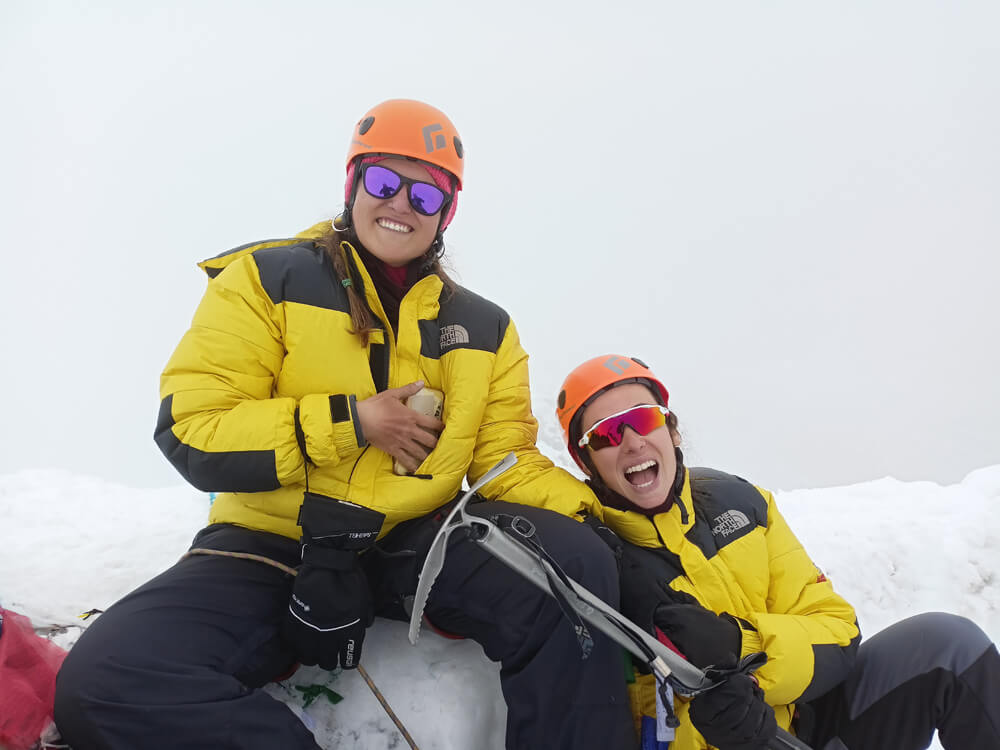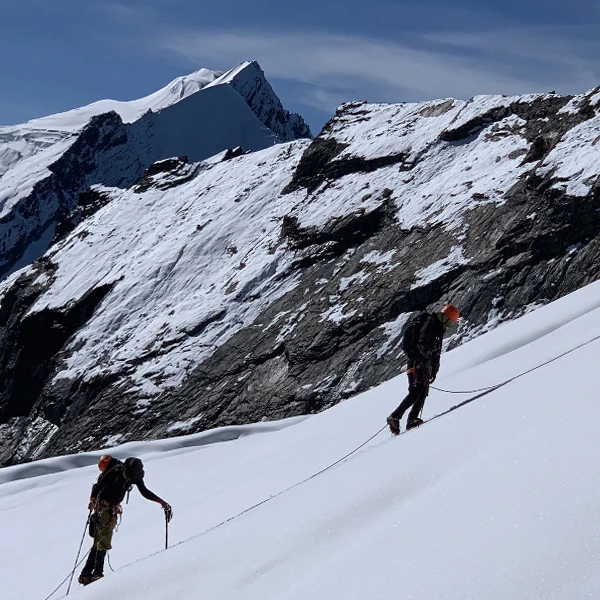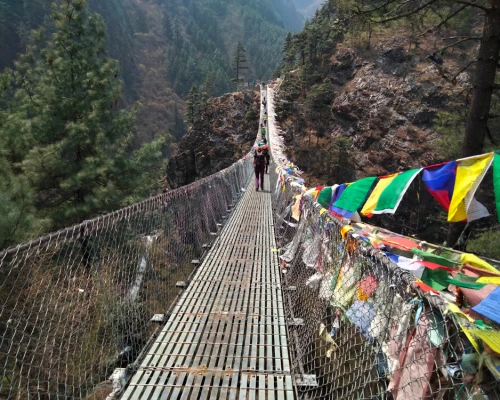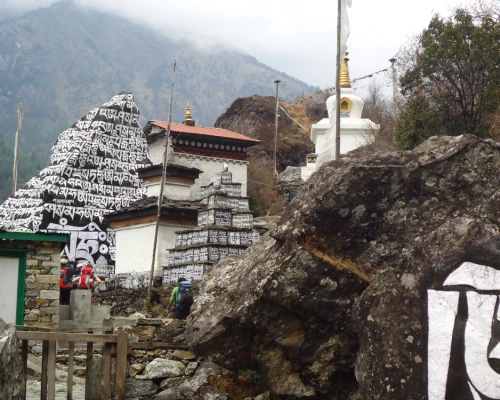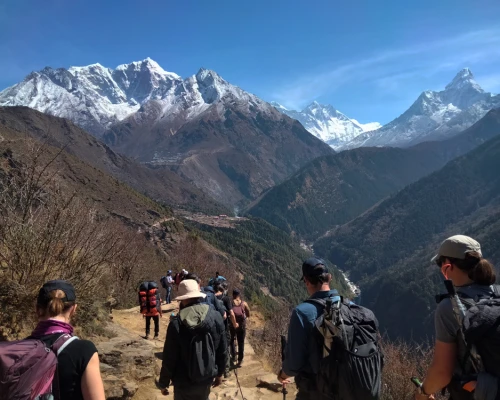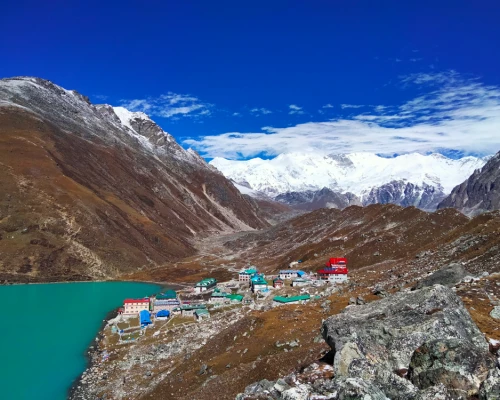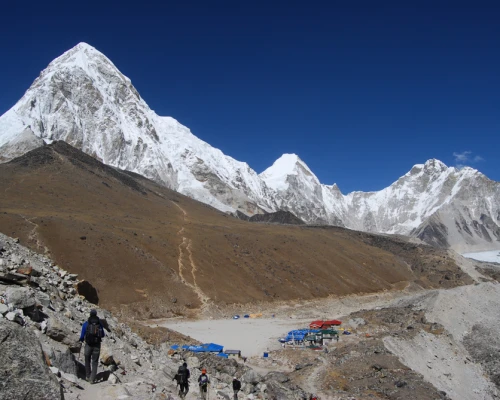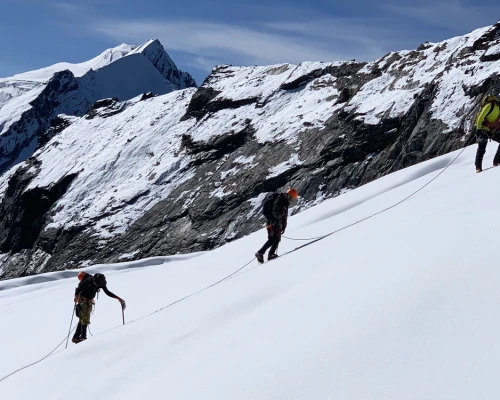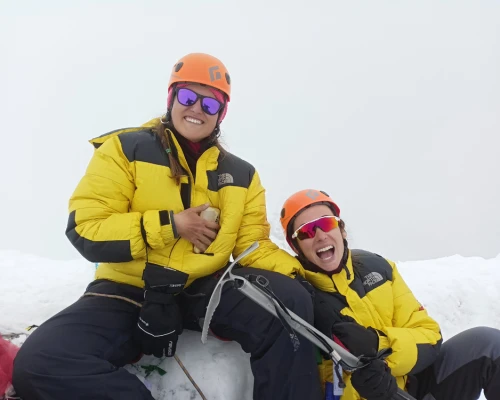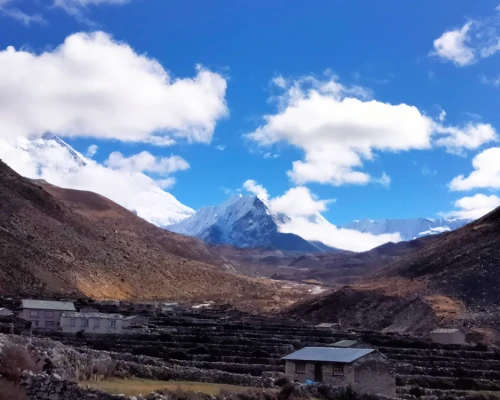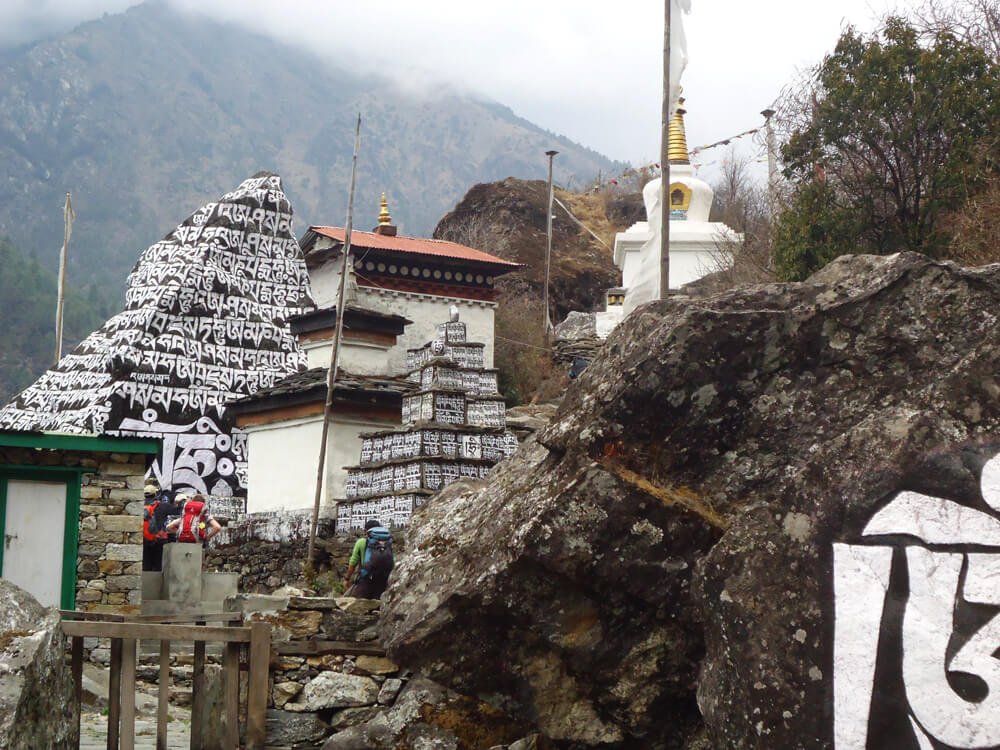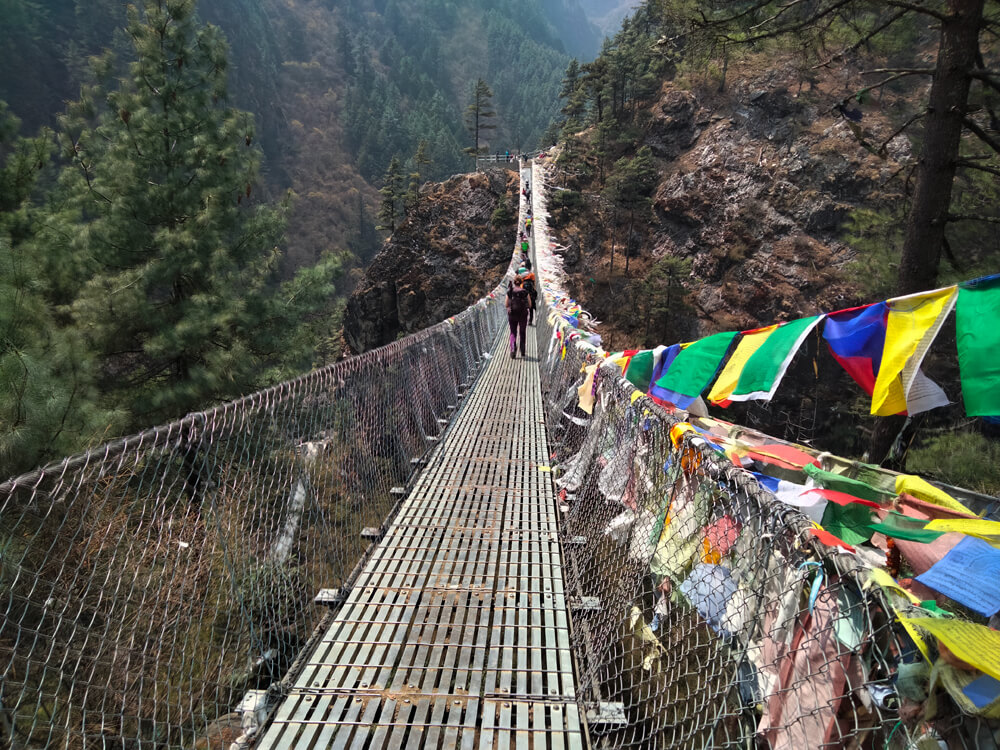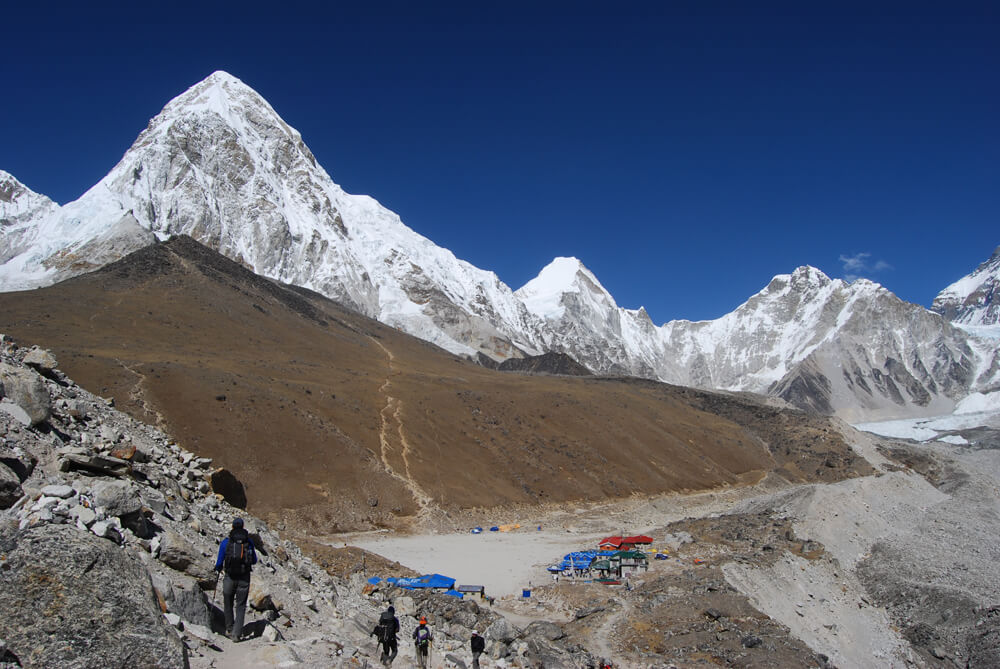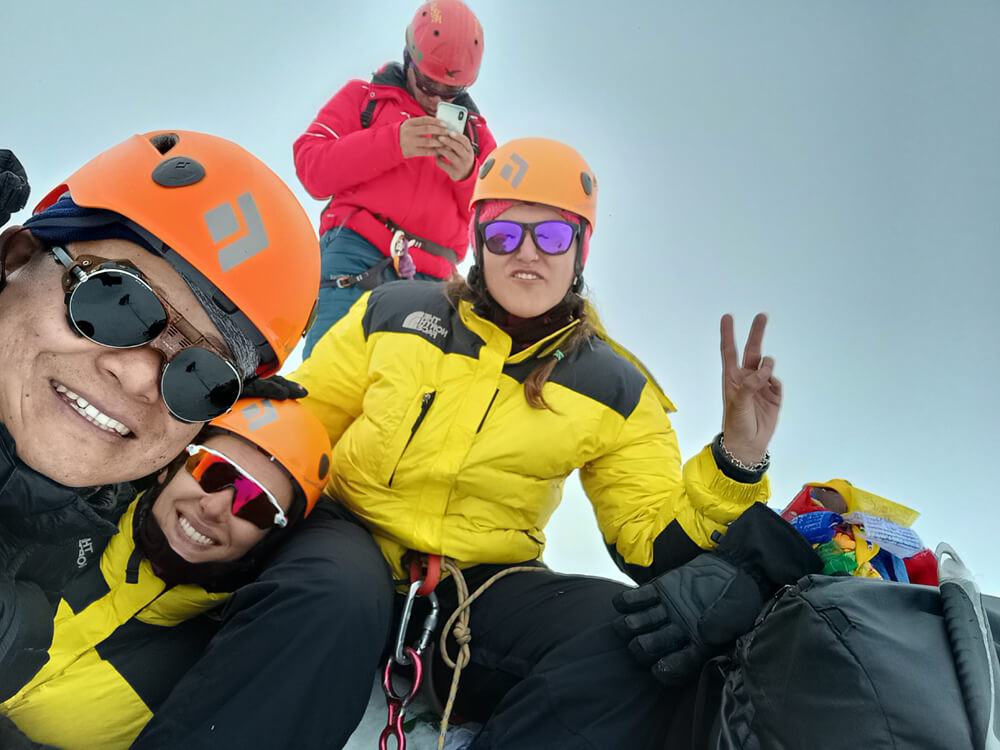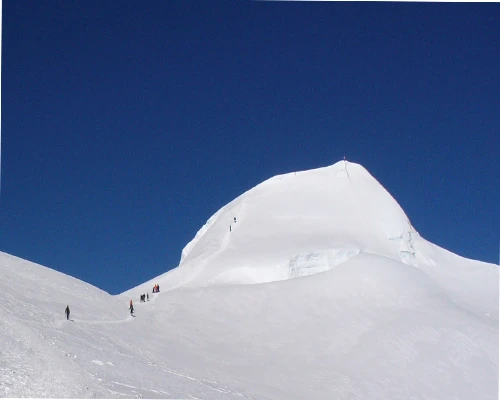Notice for domestic flights to and from Lukla:
The Tribhuwan International Airport and the domestic Airport are partially the same in Kathmandu. So it used to be a heavy air trafficking during international flights. That is affecting tremendously for the smooth flight operation to Lukla which is mostly departing early in the morning. Most of the tourists come to Nepal for Everest region trekking and the main gateway to enter into this legendary region is by flight to Lukla. The airport in Lukla is only suitable for small aircraft so there would be uncountable flights in a day. Thus, aviation had decided to operate regular flights not from Kathmandu but from the nearest airport of Kathmandu during the main tourist season. At the moment, the nearest airport is in Manthali Ramechhap, which is approximately 4 hours drive away.
The flights are effective from the beginning of October to the End of November in autumn and March to mid-May in spring.
Most tourists get to drive in the middle of the night from Kathmandu to Manthali for the next day’s morning flight. But we recommend moving a day earlier from Kathmandu to nearby Manthali. That will provide the perfect views of the countryside of Nepal and also would not make the rush and uncomfortable drive.
Altitude sickness:
Altitude sickness (acute mountain sickness) is difficulty of sleeping, dizziness, headache, fatigue, loss of appetite, rapid pulse, nausea, vomiting, etc. It affects mountain climbers, hikers, and skiers because of lower air pressure and lower oxygen levels. It occurs as the result of failure to adapt at a higher altitude. It happens most often in the brains or the longs after the fluid begins to leak from the blood vessels.
When the fluid collects in the brain, you initially get headaches, loss of appetite, nausea, tiredness, want to lie down and feel powerless, physically moving is unwilling, and a decrease of consciousness, and the problem with balance coordination is called high–altitude cerebral edema (HACE). If the fluid is collected in the lungs, you become breathless and dry, and it makes regular irritative cough, sometimes coughing up blood too, discoloration of the skin, and chest tightness is called high altitude pulmonary edema (HAPE).
Prevention:
To prevent acute mountain sickness; we have to follow fundamental gravity habits such as patience, consistency, and discipline in the mountain. The mountains have their own rule and regulations. We cannot turn them into our nature except by following and respecting them. Cloth on properly according to the altitude, avoid rapid altitude gain, drink enough water or fluid, take enough acclimatization time to adjust the body at a higher altitude, avoid alcoholic items, control smoking, eat regular meals, get higher & sleep at lower altitudes. Avoid high altitudes if you have heart and lung disease. If the symptoms occur then stop climbing mountains and descend to a lower altitude. In case the person is seriously sick, or cannot bring him/her to a lower altitude by walking and carrying then she/he should be rescued by quick Helicopter evacuation.
Clothing Equipment:
- Lightweight walking boots, a pair of track shoes, and slippers to wear in the evening or when the boot is wet.
- Warm jacket (Fibers fill or down should be adequate.)
- A Rainproof jacket with a hood or poncho.
- Warm clothes or fleece jackets.
- Thin and thick trousers.
- Warm trousers are useful higher up in the mountains in the morning and at night. (Windproof/ waterproof trousers are necessary during treks going above 3000mtr)
- Thermal underwear (These are excellent for sleeping at night)
- A pair of loose-fitting long shorts and 1 lightweight long-sleeved –shirt are particularly suitable for avoiding sunburn.
- A woolen or warm hat to wear in the morning and at night. Sunhat and ensure it has a wide brim to cover the face and neck.
- A pair of gloves (warm and normal ones)
- 2 pairs of thin and 2 pairs of thick warm socks.
- Underwear, buff, and hankies as you need.
Accessories:
Duffle bag or kit bag to carry your gear while trekking, sleeping bag. Small rucksack to carry personal requirements for the day e.g. toilet paper, towel, soap, etc. Water bottle. Snow glasses and sunglasses, 2-4 large plastic bags to separate clean clothes from dirty ones. Headlamp with spare batteries, sun cream, personal medicine, lip guard, toothbrush, towel, Reading materials, game items (optional), notebook, rubber band, pen and pencil, a diary, a pocket knife, trekking map, passport, and copies.
Drinking Water:
Travelers should be very aware of drinking water in Nepal. They are not completely adapted to digest direct normal spring water due to bacteria. So, we recommend you drink mineral water or boiled water. Also, you can use some purifier tablets such as chlorine tablets for purifying water on the trekking. We strongly recommend mineral water in the city area and purified or boiled water in the trekking.
Accommodation:
We provide accommodation according to your demand and accessibility either normal standards or comfortable luxury hotels in the City. We provide very neat, clean, and comfortable hotels, lodges, friendly homestays, or locally what is available for the most suitable. And fully outfitter camping equipment such as sleeping tents, dining tent, toilet tent and kitchen tent and own cooking team at Island Peak climbing basecamp.
